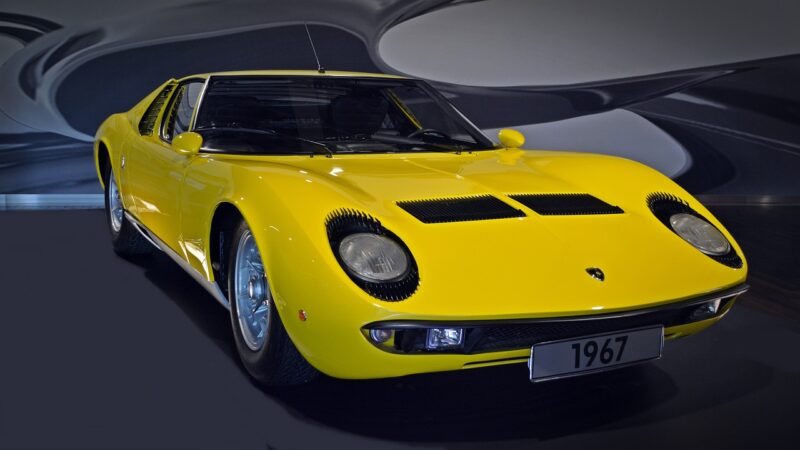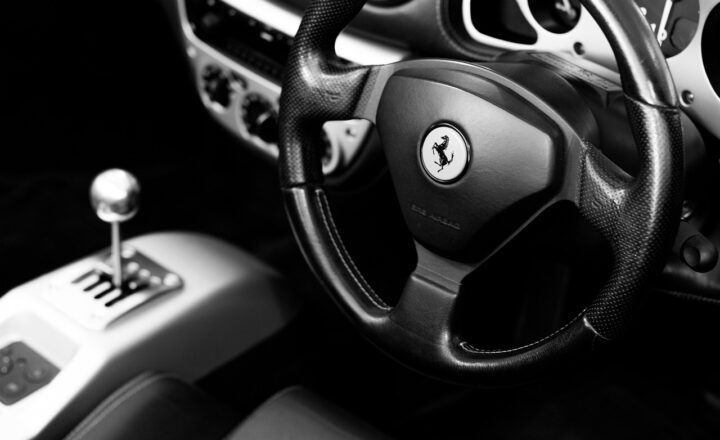How the Lamborghini Miura Sparked the Birth of the Modern Supercar Era
November 18, 2024

The Lamborghini Miura, introduced in 1966, is often hailed as the world’s first supercar. With its aesthetic design, groundbreaking engineering, and unparalleled performance, the Miura laid the foundation for many high-performance vehicles that followed. In this article, we will explore how the Miura changed the automotive landscape, its various innovations, and the legacy it left for future supercars.
1. The Genesis of the Lamborghini Miura
Lamborghini was founded by Ferruccio Lamborghini, a successful tractor manufacturer, who sought to create a car that could rival the likes of Ferrari. The desire for an iconic automobile led to the development of the Miura, a product of collaboration between the head of Lamborghini’s engineering department, Gian Paolo Dallara, and stylist Aldo Sitaro.
When the Miura was introduced, it was revolutionary for its time. The unique design featured a mid-engine layout, a radical departure from the front-engine architecture made famous by the Italian automakers of the era. The mid-engine placement not only allowed for a more balanced weight distribution but also provided better handling and dynamics. At the heart of the Miura was a powerful 3.9-liter V12 engine, generating an impressive 350 horsepower.
2. Design: A Pioneering Aesthetic
The exterior design of the Lamborghini Miura has been often celebrated as one of the most beautiful car designs ever created. Its low-slung profile, curvy lines, and the iconic ‘eyebrow’ headlights give it an unmistakable presence that remains timeless.
The Miura’s design was greatly influenced by the concept of aerodynamics, which was not a priority for most car manufacturers at that time. The attention to detail, from the elegant curves to the sleek headlights, symbolized a shift towards more aggressive and performance-oriented designs in the automotive industry. It garnered a passionate following and became a symbol of luxury and speed that captured the imagination of car enthusiasts around the globe, igniting interest in the supercar segment.
3. Performance Innovations
Performance-wise, the Miura was a game changer. It was one of the first cars to combine supercar speed with high-end luxury. The innovative mid-engine architecture not only contributed to its superb balance but also offered astonishing speeds for its time.
With a top speed exceeding 170 mph and the ability to go from 0 to 60 mph in less than 6.5 seconds, the Miura quickly made headlines. This performance was not solely because of its engine but also due to its lightweight chassis made from aluminum. This combination of power and weight allowed it to outperform not only its contemporaries but also set a benchmark that modern supercars strive to achieve.
4. The Legacy of the Miura: Impact on the Supercar Industry
The influence of the Lamborghini Miura extends well beyond its years of production (1966-1973). Its design and engineering principles played a crucial role in shaping the future of automotive performance and luxury. Other manufacturers, including Ferrari and sports car brands like Maserati and Porsche, took notice of Lamborghini’s groundbreaking approach to design and engineering and began producing their iterations of supercars, drawing inspiration from the Miura’s silhouette and powertrain configuration.
The Miura established a new segment of cars characterized by a focus on performance, lightweight construction, and unapologetic styling. Subsequent models like the Porsche 917 and Ferrari 512 count on the Miura for reigniting the passion for high-performance cars that lay within car enthusiasts.
5. Conclusion: A Lasting Icon
The Lamborghini Miura is not merely a vehicle; it represents a monumental shift in automotive history, marking the inception of the modern supercar era. With its revolutionary aesthetics, unparalleled performance, and iconic status, the Miura continues to inspire car designers and enthusiasts today. It stands as a testament to what can be achieved through a perfect combination of innovative design and engineering acumen.
As Lamborghini continues to push the boundaries of what is possible in automotive design, the legacy of the Miura endures, reminding us all that true innovation in the automotive world can lead to extraordinary milestones.
Whether you’re a car enthusiast or a casual observer, the Miura’s place in history as the car that sparked the supercar revolution is undeniable. It’s a symbol of speed, luxury, and the passion for pushing boundaries – characteristics that define the spirit of all modern supercars.








